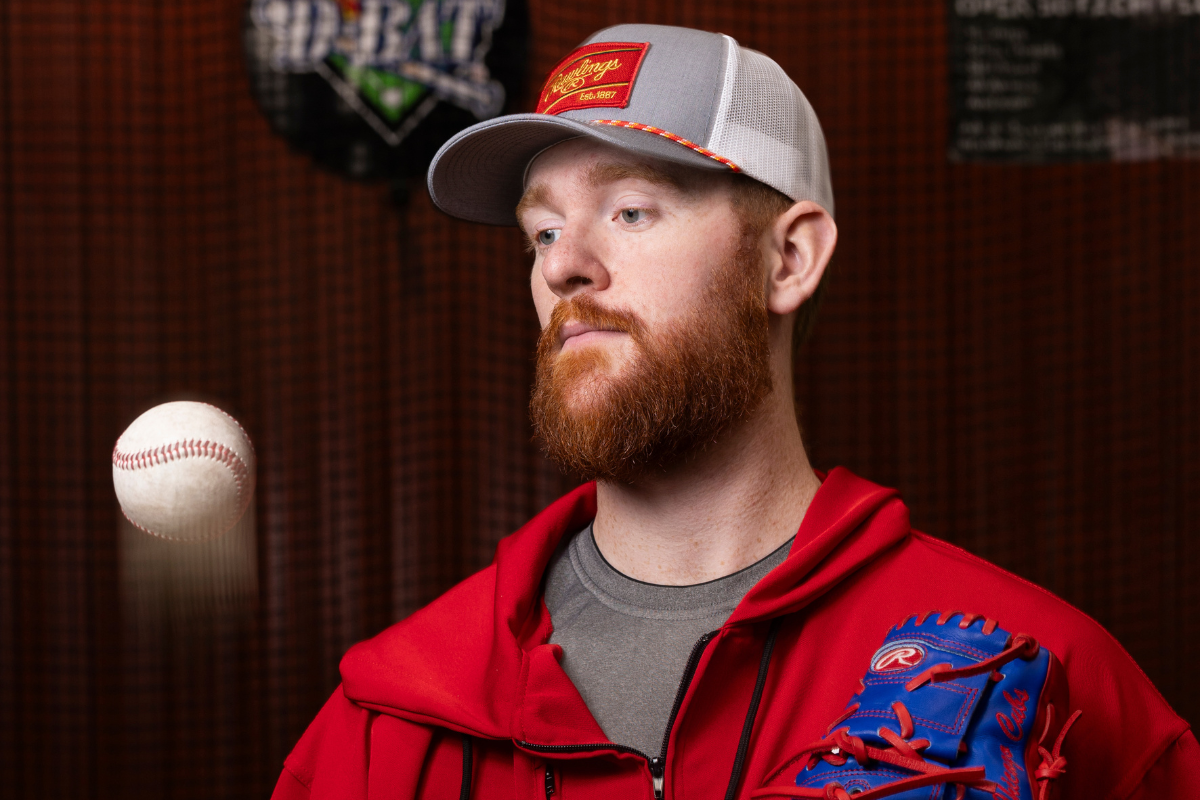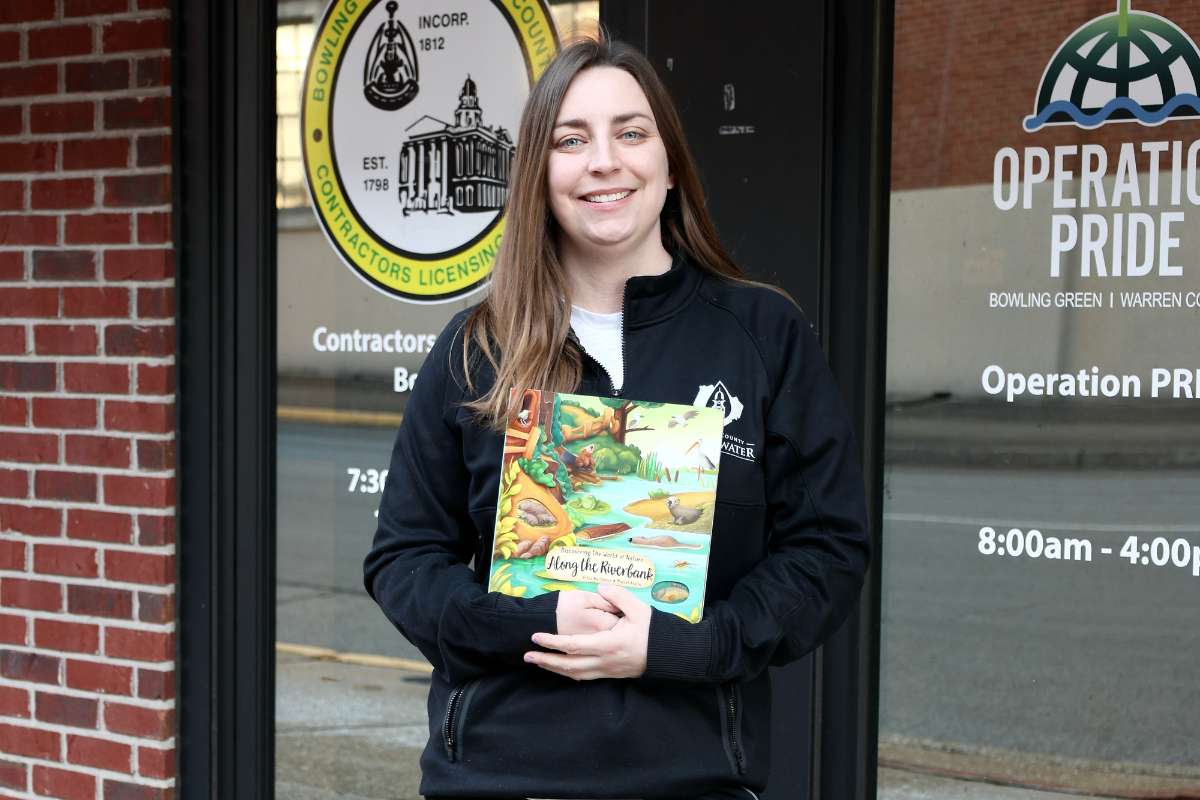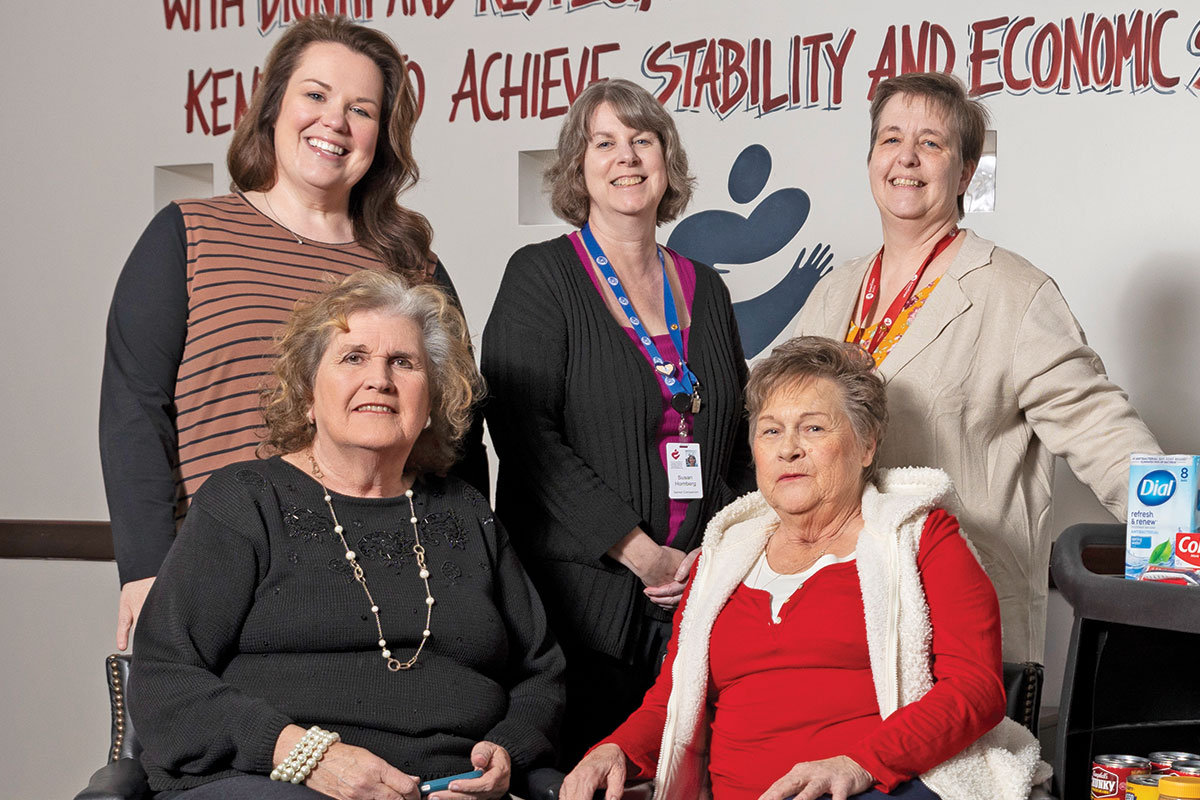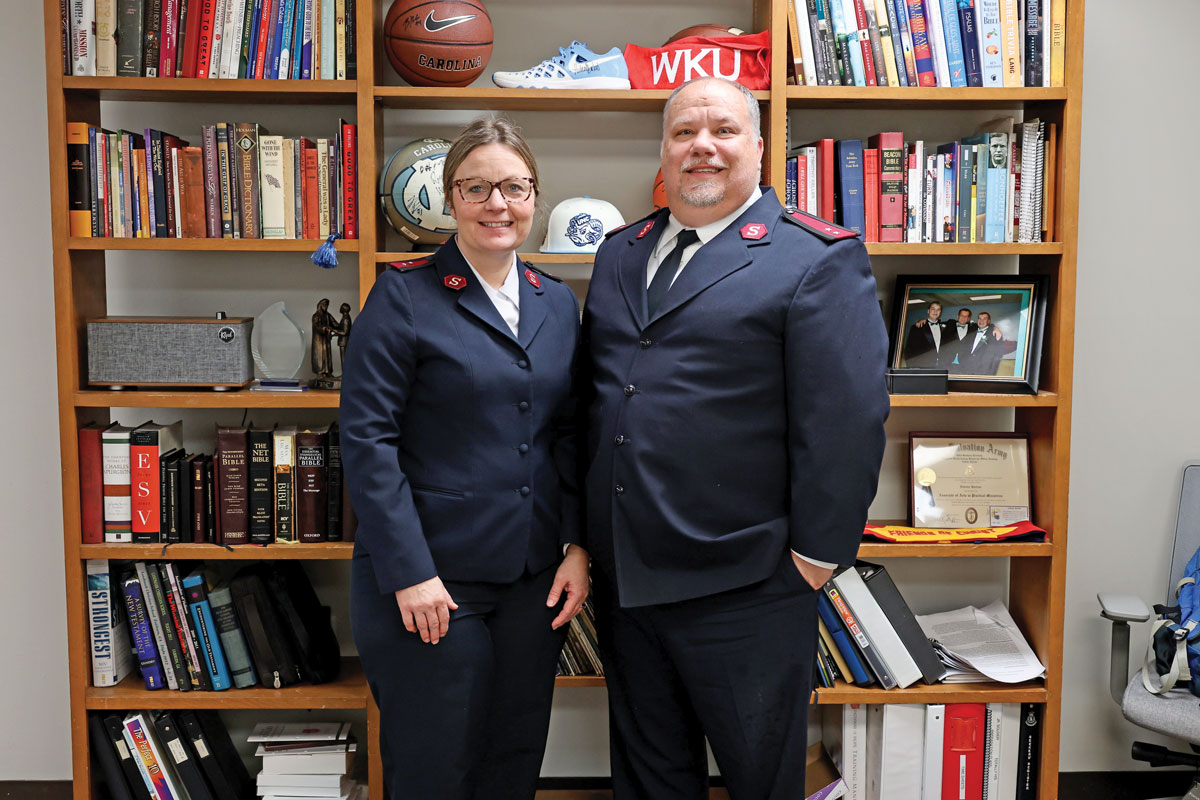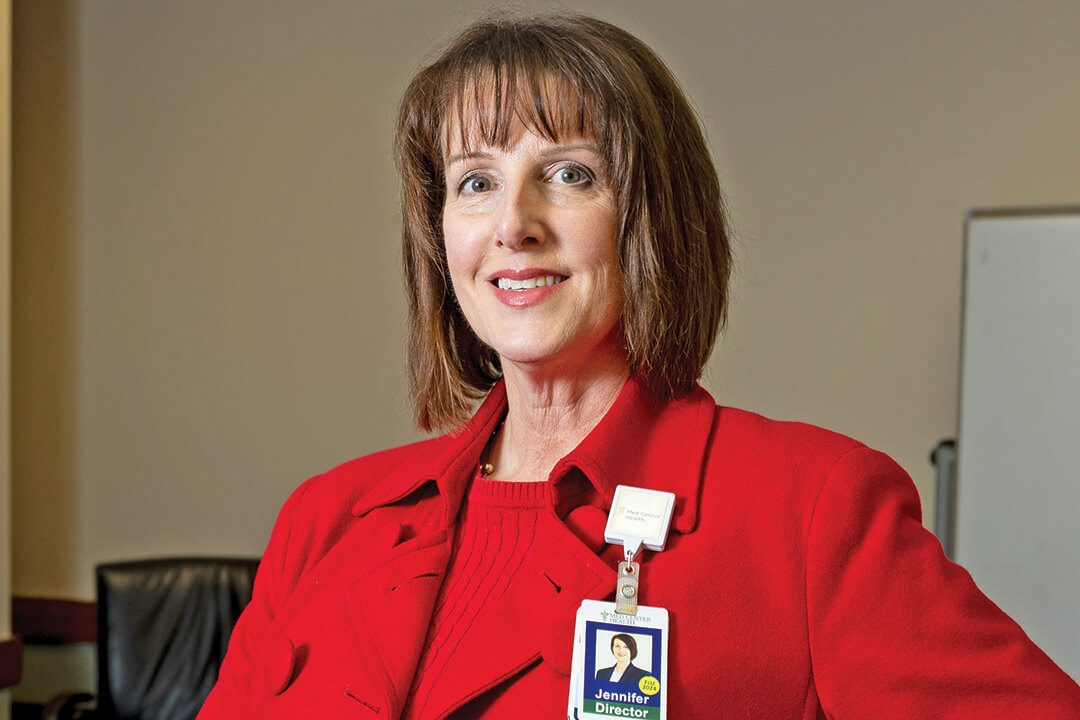In November and December, the appearance of various Santa Clauses is so common that it is almost unnoticed. Yet, these gentlemen in their loud red suits and flowing white beards are, after all, playing a role. Their experience of being Santa for a short, intensive time during the year is rarely explored.
Robert Karrick has held various occupations, including ministering to people in need and, in the winter months, playing Santa Bob.
Santa Bob came about almost arbitrarily. Kerrick’s church asked him to play Santa Claus. Although it wasn’t something he had ever aspired to, he agreed — on the condition that the church provided the Santa suit. To complete the look, he grew out his beard. “By the time the second child sat on my knee,” he remembered, “I was hooked. There’s just nothing else like it.”
Kerrick spent decades actively engaging in regional and community theatre, and that training has served him well. Playing Santa Claus is a very specific role with very distinct requirements. The majority of Santa’s audiences are impressionable children, which means the role comes with a large dose of responsibility.
Kerrick went all-out the following year, getting business cards, a website, and his own off-the-rack Santa suit. He went to a Santa Claus convention, which featured an expo where you could get anything a person needed to portray Santa, Mrs. Claus, or an elf.
“I’m a freelance Santa, as opposed to, say, a ‘mall Santa,’ Kerrick said emphatically. “I work for myself. I make my own appointments. People call me, and I set them up.”

The opportunities for freelance Santa work are surprising in their variety. Kerrick does home visits, makes library appearances, is available for corporate parties, and is part of the Bowling Green Christmas Parade and the Polar Express Storytime at the Historic RailPark and Train Museum. Many families also want photos with the same Santa year after year, and Kerrick gets to see these families grow up.
Kerrick has also gleaned information from Santa Claus schools, which take place in various cities across the country. Playing Santa is much more than putting on a red suit and dispensing a hearty “ho, ho, ho.” These schools feature classes on the specifics of working in a mall or about the business of playing Santa — keeping records and tax deductions. Some of the schools teach basic sign language. There are practice interviews on closed-circuit television since some Santas — like Santa Bob — go on television and need interview experience. There is instruction on interacting with children and difficult kids or kids with disabilities. There are classes on makeup, costuming, personal hygiene, or anything that might have to do with portraying Santa Claus and interacting with others.
And then there is that special responsibility of playing Santa Claus. Karrick considers the role a sacred trust when it comes to dealing with children. Not only is there an enormous responsibility with this role, but there are some potentially delicate situations.
“Santa is really not any sort of disciplinarian,” Karrick said. “That’s left to the parents to take care of their child and make sure they behave.” If there are problems, Karrick appeals to the parents. Politeness is the key, no matter what. Santa always needs to be approachable, accommodating, and gentle.
Playing Santa entails many strictures and responsibilities — it’s a commitment in every sense of the word.
“It’s all about making memories — good memories — for people,” Karrick reflected. “That’s what’s really so attractive about being Santa Claus — bringing smiles and laughter to families and children.” And in a world where smiles and laughter can be hard to come by, this is no small thing. GN



